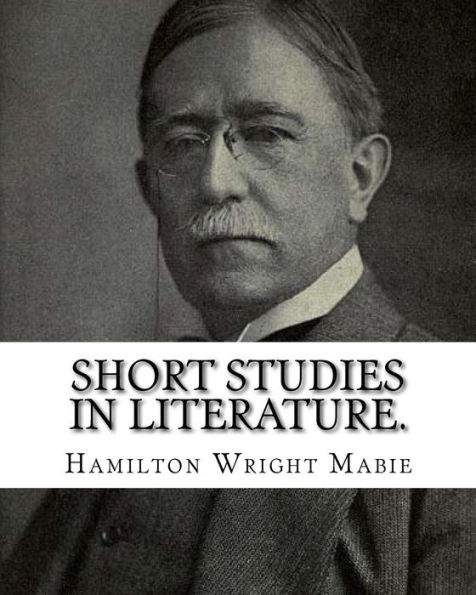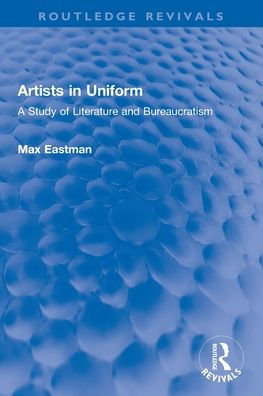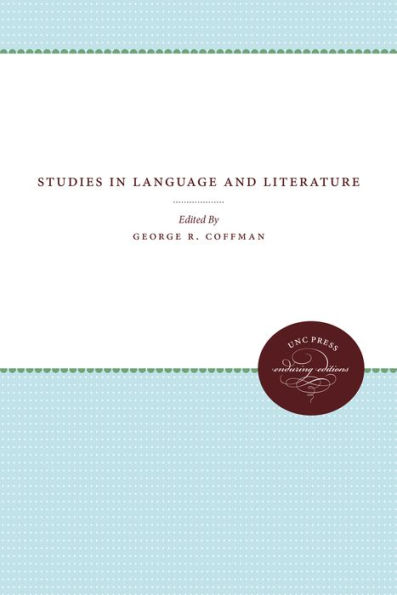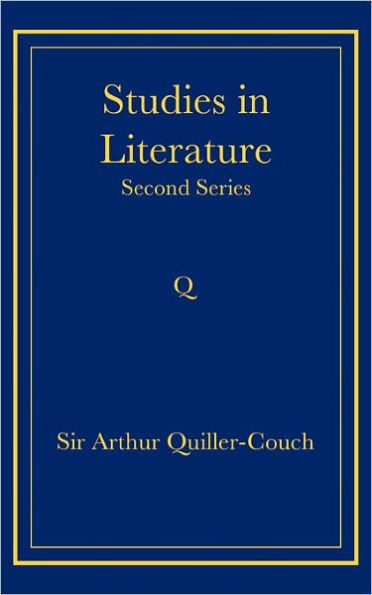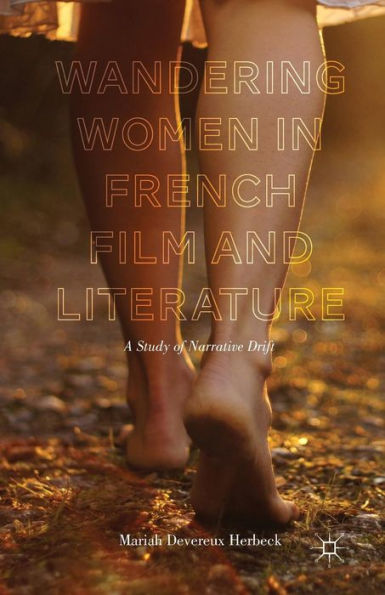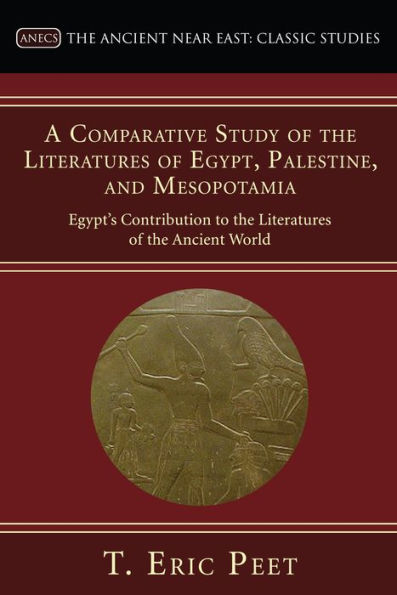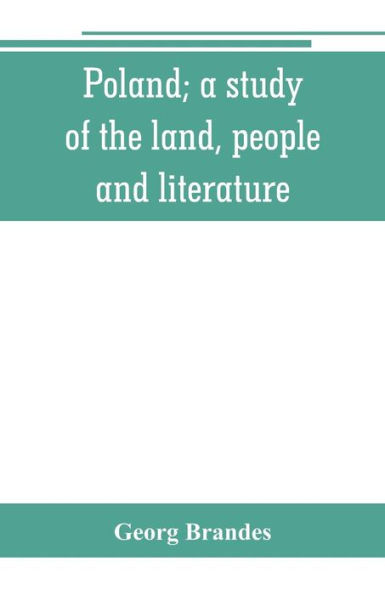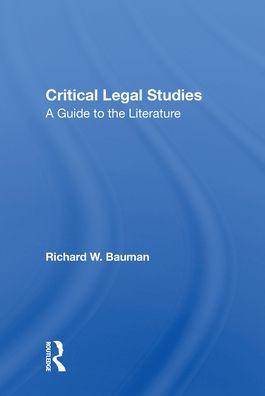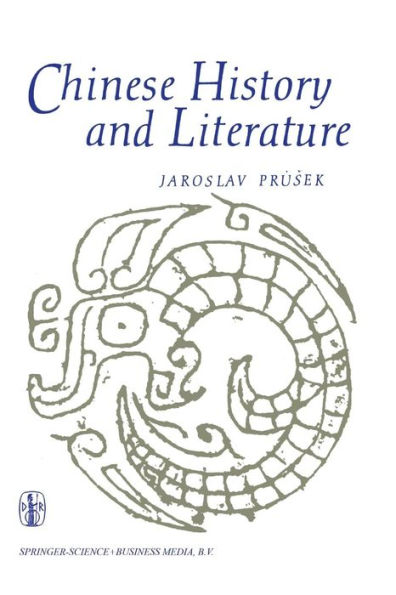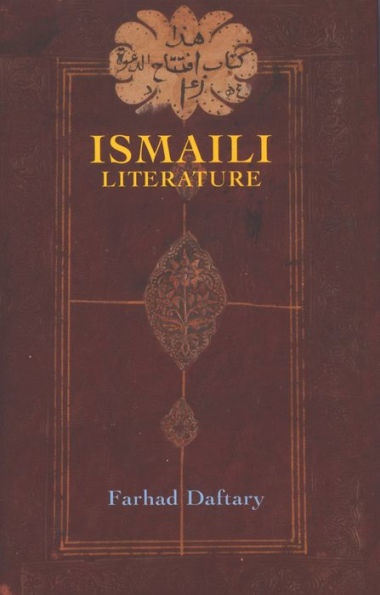Home
Short Studies in Literature
Barnes and Noble
Loading Inventory...
Short Studies in Literature in Bloomington, MN
Current price: $7.99

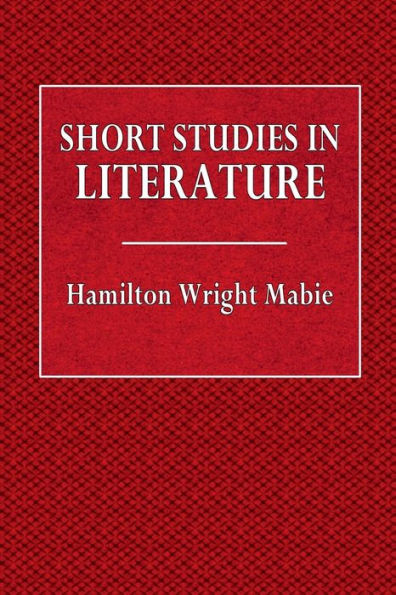
Short Studies in Literature in Bloomington, MN
Current price: $7.99
Loading Inventory...
Size: OS
These papers are mostly very short, and many of them rather slight. Their unity and depth lie in their being various illustrations of the truth, that literature, like art, is not a series or congeries of unrelated performances, to be judged individually and externally, but is a great, one of the greatest, in some respects the greatest, expression of the human spirit, in the unity of humanity, in the lesser unities of race, in all the modifications induced by environment, history, religion, institutions, as well as by fortuitous circumstances. This deeper apprehension and study of literature, introduced by Herder, Winkelmann, and Lessing, and fully developed by Goethe, is the convergence of science and aestheticism, having the depth of the former, while forfeiting nothing of the flexibility and beauty of the latter. And it is agreeable to this deeper study of literature, that its purpose is becoming deeper, in that returning to the earnestness of its early origins, which were around the altar. Mr. Mabie does not remark explicitly that its purposes as yet weigh upon it with a weight which impedes form and still more interferes with supreme serenity. The vehicle has not adjusted itself to the greater fullness of content.
The papers which have struck us especially are, Sources, An Illustration from India, Form in Literature (in which the author, acknowledging its indispensableness, protests against too narrow a definition of it), The Race Element, Development of Form, Nature in Hebrew Poetry, The International Community, An Age of Expansion, The Spiritual Element in Literature, Some Mediaeval Epics. We mention these, chiefly because we cannot mention all. The whole series, however, shows that the author's enjoyment of literature, on its purely aesthetic side, has only been enhanced by his recognition of its scientific and of its religious depth.
—The Andover Review, Vol. 18 [1892]
The papers which have struck us especially are, Sources, An Illustration from India, Form in Literature (in which the author, acknowledging its indispensableness, protests against too narrow a definition of it), The Race Element, Development of Form, Nature in Hebrew Poetry, The International Community, An Age of Expansion, The Spiritual Element in Literature, Some Mediaeval Epics. We mention these, chiefly because we cannot mention all. The whole series, however, shows that the author's enjoyment of literature, on its purely aesthetic side, has only been enhanced by his recognition of its scientific and of its religious depth.
—The Andover Review, Vol. 18 [1892]
These papers are mostly very short, and many of them rather slight. Their unity and depth lie in their being various illustrations of the truth, that literature, like art, is not a series or congeries of unrelated performances, to be judged individually and externally, but is a great, one of the greatest, in some respects the greatest, expression of the human spirit, in the unity of humanity, in the lesser unities of race, in all the modifications induced by environment, history, religion, institutions, as well as by fortuitous circumstances. This deeper apprehension and study of literature, introduced by Herder, Winkelmann, and Lessing, and fully developed by Goethe, is the convergence of science and aestheticism, having the depth of the former, while forfeiting nothing of the flexibility and beauty of the latter. And it is agreeable to this deeper study of literature, that its purpose is becoming deeper, in that returning to the earnestness of its early origins, which were around the altar. Mr. Mabie does not remark explicitly that its purposes as yet weigh upon it with a weight which impedes form and still more interferes with supreme serenity. The vehicle has not adjusted itself to the greater fullness of content.
The papers which have struck us especially are, Sources, An Illustration from India, Form in Literature (in which the author, acknowledging its indispensableness, protests against too narrow a definition of it), The Race Element, Development of Form, Nature in Hebrew Poetry, The International Community, An Age of Expansion, The Spiritual Element in Literature, Some Mediaeval Epics. We mention these, chiefly because we cannot mention all. The whole series, however, shows that the author's enjoyment of literature, on its purely aesthetic side, has only been enhanced by his recognition of its scientific and of its religious depth.
—The Andover Review, Vol. 18 [1892]
The papers which have struck us especially are, Sources, An Illustration from India, Form in Literature (in which the author, acknowledging its indispensableness, protests against too narrow a definition of it), The Race Element, Development of Form, Nature in Hebrew Poetry, The International Community, An Age of Expansion, The Spiritual Element in Literature, Some Mediaeval Epics. We mention these, chiefly because we cannot mention all. The whole series, however, shows that the author's enjoyment of literature, on its purely aesthetic side, has only been enhanced by his recognition of its scientific and of its religious depth.
—The Andover Review, Vol. 18 [1892]
